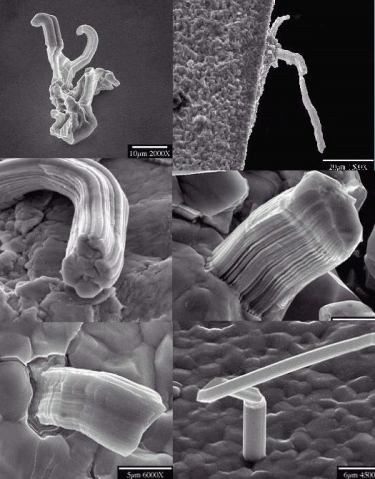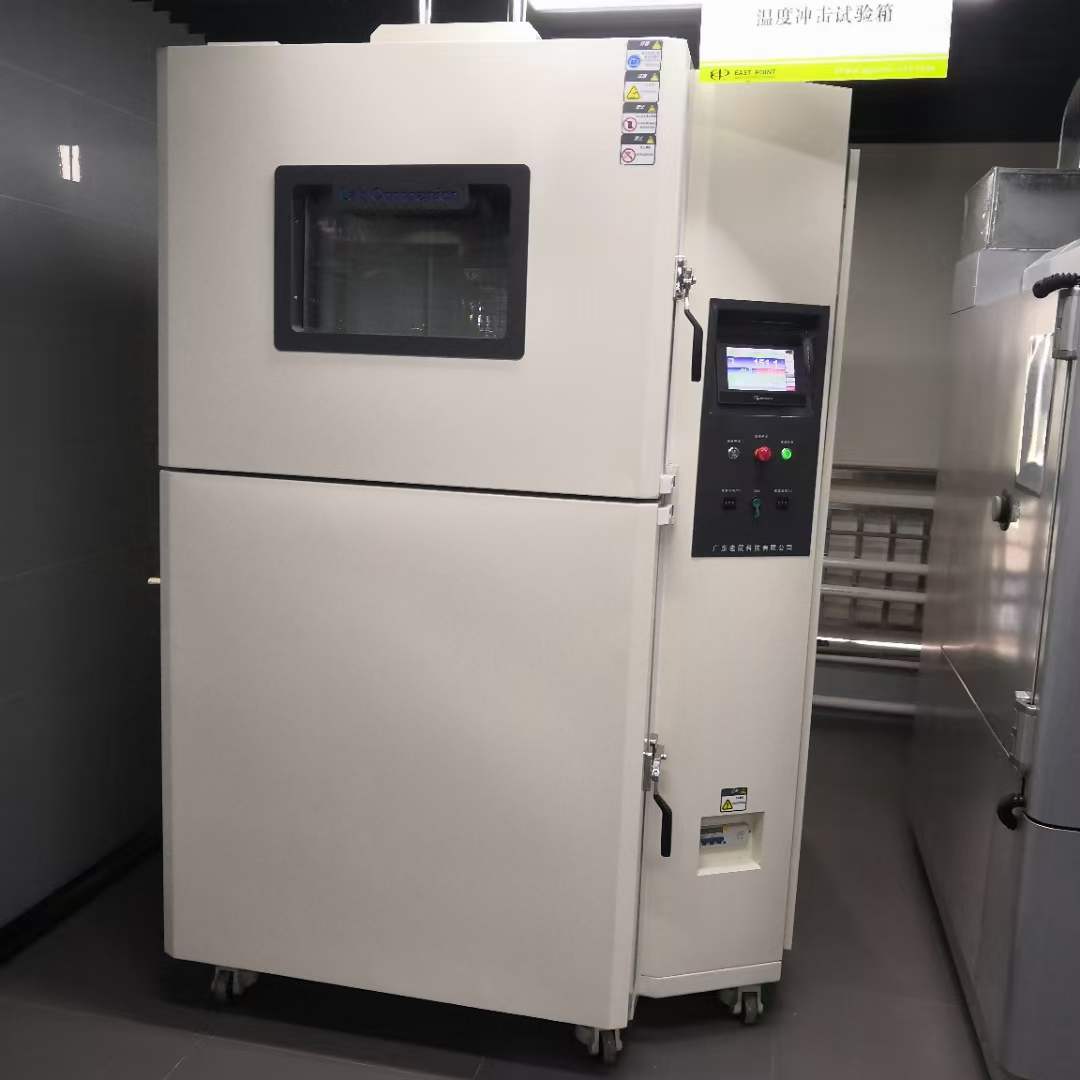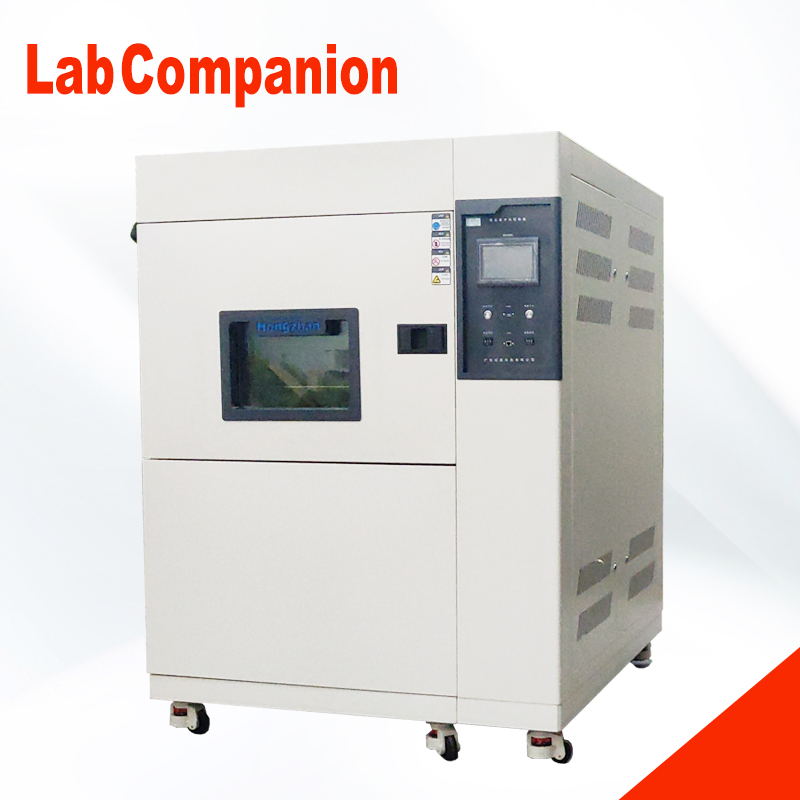راسلنا عبر البريد الإلكتروني :
info@lab-companion.com labcompanionltd@gmail.com-

-

طلب مكالمة :
+86 18688888286
في عملية تصنيع المكونات الخالية من الرصاص، وللحفاظ على قابلية لحام المكونات، يُستخدم طلاء القصدير النقي غالبًا لاستبدال رصاص القصدير الأصلي. بعد فترة من الوقت، سينمو نتوء شجيري على طلاء القصدير النقي. في درجة حرارة الغرفةيُطلق عليه اسم "شارب القصدير". يختلف شارب القصدير تمامًا عن هجرة الأيونات. تجدر الإشارة إلى أنه إذا كان طول شارب القصدير طويلًا جدًا، فسيؤدي ذلك إلى حدوث قصر في الدائرة الكهربائية بين الموصلات أو المكونات. حاليًا، وُضعت معايير الكشف عن شارب القصدير ذات الصلة، ويمكن أن تساعد طرق الاختبار البيئي لشارب القصدير الشركات ذات الصلة على اختبار آلية تثبيطه. تهدف طريقة تجنب شارب القصدير إلى تلبية متطلبات ومعايير عملية المعادن الثقيلة الخالية من الرصاص. أمر عاجل في البناء عالي الكثافة للمنتجات الإلكترونية (الهواتف المحمولة، وأجهزة المساعد الرقمي الشخصي، وأجهزة MP3، والإلكترونيات الخاصة بالسيارات، وما إلى ذلك). شركة لاب كومبانيون المحدودة تأمل في مساعدة العملاء على استيراد شعيرات القصدير في أسرع وقت ممكن- تعزيز وتقوية القدرة التنافسية للمؤسسة نفسها من خلال جمع وفرز المعلومات ذات الصلة.

(1) هناك 13 عاملاً يؤثر على نمو شعيرات القصدير
1. حجم الحبوب
2. الإجهاد المتبقي
3. الضغوط الخارجية
4. المواد العضوية وتشمل: الكربون، الكبريت، الأكسجين... الخ.
5. يتجمع الهيدروجين والماء
6. الإجهاد الحراري
7. المجالات الكهربائية والمغناطيسية
8. التبلور
9. محلول الطلاء الكهربائي
10. ظروف الطلاء الكهربائي: كثافة التيار، نبضة الطلاء الكهربائي
11. درجة الحرارة
12. الرطوبة
13. الوقت
① أسباب سهولة زراعة الشعيرات المعدنية:
1. القصدير اللامع سهل النمو
2-1. سطح القصدير النقي عرضة لنمو البلورات الطبيعية
2-2. كلما زادت درجة نقاء القصدير، زادت فرصة تكوين شعيرات القصدير.
3. الإجهاد الكيميائي هو القوة الدافعة الأكثر أهمية للنمو التلقائي لشوارب القصدير
② تعريف شارب القصدير:
أ. الطول >10 ميكرومتر
ب. شكل المقطع العرضي المتسق
ج. هناك مقابر وقرون
د. نسبة الطول إلى العرض >2
هـ. إنه مخطط
③ طريقة حساب طول شارب القصدير:
أ. طريقة القياس JEDEC-22A121
ب. طريقة القياس JEDEC-201 وIEC
④ الحد الأقصى لطول شارب القصدير:
<25 ميكرومتر، <30 ميكرومتر، <45 ميكرومتر، <50 ميكرومتر، <60umJESD201 بالنسبة لمتطلبات طول شعيرات القصدير، وفقًا لطرق الاختبار المختلفة، فإن طولها يختلف أيضًا.
(2) يمكن حل مشكلة تثبيط أو تقليل الشعيرات القصديرية بـ 9 طرق
1. أضف طبقة حاجزة، مثل طبقة النيكل، بين النحاس والقصدير
2. النحاس → النيكل → البلاديوم → الذهب (يشكل طبقة حاجزة)
3. استخدم إطارًا من الرصاص والنيكل والبلاديوم
4. علبة مطلية بالضباب (5 ميكرومتر)
5. طلاء القصدير (10 ميكرومتر)
6-1. رش القصدير أو طلاء القصدير (8-12 ميكرومتر) خلال 24 ساعة، ثم إخماده (التلدين) بالنار (150 درجة مئوية) لمدة ساعة إلى ساعتين (معالجة التجفيف)
بعد الخبز)
6-2. طلاء القصدير (>7.5 ميكرومتر) + المعالجة بعد التجفيف
7. زيادة محتوى الفضة في طلاء القصدير
8. يجب أن يكون الإجهاد الحراري الناتج عن عملية اللحام منخفضًا قدر الإمكان
9. تقليل محتوى النحاس في القصدير النقي أو التعرض للنحاس
(3) مقدمة لطريقة اختبار شارب القصدير:
① التخزين في درجة حرارة الغرفة:
1. درجة حرارة غرفة المكتب، 1000 ساعة
2. 20~25 درجة مئوية/30~80%رطوبة نسبية، 1500 ساعة، 4230 ساعة
② التخزين في درجات حرارة عالية:
1. 55 درجة مئوية/سنتين، 3400 ساعة
2. 90 درجة مئوية/400 ساعة
③ تخزين درجة الحرارة والرطوبة:
1. 50 درجة مئوية/85% رطوبة نسبية، 1500 ساعة
2. 51 درجة مئوية/85% رطوبة نسبية، 3000 ساعة
3. 55 درجة مئوية/80~95%رطوبة نسبية، 4230 ساعة
4. 55 درجة مئوية/85% رطوبة نسبية، 2000 ساعة، 4000 ساعة (فحص 1000 ساعة مرة واحدة)
5. 60 درجة مئوية/85% رطوبة نسبية، 4000 ساعة
6. 60 درجة مئوية/87% رطوبة نسبية، 3000 ساعة
7. 60 درجة مئوية/90±5%رطوبة نسبية، 3000 ساعة
8. 60±5℃/93 (+2/-3) %رطوبة نسبية، 1000 ساعة، 4000 ساعة
9. 60 درجة مئوية/95% رطوبة نسبية، 1000 ساعة، 1500 ساعة
10. 85 درجة مئوية/85% رطوبة نسبية، 500 ساعة ± 4 ساعات
④ صدمة درجة الحرارة (TST):
1. -55 (+0/-10) ℃ ←→85 (+10/-0) ℃، 20 دقيقة/دورة واحدة، 1500 دورة (تحقق مرة واحدة لـ 500 دورة)
2. 85±5℃←→40 (+5/-15)℃، 20 دقيقة/دورة واحدة، 500 دورة
3. -35±5℃←→125±5℃، توقف لمدة 7 دقائق، 500±4 دورات
4. -55 (+0/-10) ℃ ←→80 (+10/-0) ℃، ابق لمدة 7 دقائق، 20 دقيقة/دورة واحدة، 1000 دورة
⑤ دورة درجة الحرارة (RAMP):
1. -40 درجة مئوية (30 دقيقة) ←→85 درجة مئوية (30 دقيقة)، منحدر: 5 درجات مئوية/دقيقة)، 2000 دورة
2. -40 درجة مئوية (15 دقيقة) ←→125 درجة مئوية (15 دقيقة)، منحدر: 11 درجة مئوية/دقيقة)، 500 دورة
3. -40 درجة مئوية (15 دقيقة) ←→125 درجة مئوية (15 دقيقة)، RAMP: 15 درجة مئوية/دقيقة)، 54290 دورة
(4) معدات الاختبار:
A. غرفة اختبار درجة الحرارة والرطوبة الثابتة

ب. غرفة اختبار الصدمة الحرارية

ج. غرفة اختبار دورة درجة الحرارة
